Food52's Automagic Holiday Menu Maker

Food52's Automagic Holiday Menu Maker
Choose your holiday adventure! Our Automagic Menu Maker is here to help.
View MakerPopular on Food52
Continue After Advertisement
4 Comments
citlalnahuac
November 12, 2015
I just got through doing a shopping list for the 'Friendsgiving' I'm doing the Saturday before Thanksgiving. Similar massive menu, and (given my friends, who don't mind being guinea pigs) some new-to-me recipes.
I used Excel instead of a word processor, and listed each ingredient for each recipe, with columns for the amount and the source (if I think it's in the pantry, it's something exotic, or there's one particular place I prefer for that ingredient). I included staples, too, even if I was pretty sure I had, say, flour.
After confirming I'd listed everything, I sorted on the ingredient name, and then totaled all the listings for each one. This was how I discovered I'll need pretty much a whole bag of flour, but only 10 eggs - my mental guess would have said I had enough flour, but would have to buy 2 dozen eggs.
Once I have the list whittled down to a single totaled entry for each ingredient, I sort again on the 'source' column and - presto! - I have a list of exactly what I need from each individual store or my pantry. Print it out, cross items off as I check the pantry or shop, and don't stop until everything's crossed off.
Normal, everyday shopping list, though, is in Notes on my iPhone...
I used Excel instead of a word processor, and listed each ingredient for each recipe, with columns for the amount and the source (if I think it's in the pantry, it's something exotic, or there's one particular place I prefer for that ingredient). I included staples, too, even if I was pretty sure I had, say, flour.
After confirming I'd listed everything, I sorted on the ingredient name, and then totaled all the listings for each one. This was how I discovered I'll need pretty much a whole bag of flour, but only 10 eggs - my mental guess would have said I had enough flour, but would have to buy 2 dozen eggs.
Once I have the list whittled down to a single totaled entry for each ingredient, I sort again on the 'source' column and - presto! - I have a list of exactly what I need from each individual store or my pantry. Print it out, cross items off as I check the pantry or shop, and don't stop until everything's crossed off.
Normal, everyday shopping list, though, is in Notes on my iPhone...
Pam R.
November 9, 2015
I use an app called Keep for grocery lists etc. You can make your list and then move everything around so you are dept categorized. So simple and works great for the crazy list maker that I am!
AntoniaJames
December 14, 2012
Okay, this will prove that I am a triple type A -- but I suspect you knew that) -- fold your paper so that the text is on the outside when folded. It's so much easier to use while shopping! (I have to admit that I'm now mostly using the Notes function on my iPhone for my regular weekly shopping . . . and that about 50% of my holiday food shopping, or whatever percentage is non-perishable, is integrated into my regular shopping (always handy on my iPhone) within the 2 weeks prior to the week of the event. So my "big" shopping for big events has increasingly become just not that big. But the general strategy I use for coming up with and organizing the list is the same (except that many of my recipes are not digitized, so I do it by hand, on sheets of paper folded lengthwise -- with half of each page available for notes, calculations, doodles and arrows and similar artifacts of non-linear thinking. ;o)
GordonW
December 14, 2012
This is very similar to the method I use. I take the organization craziness a step further. I divide the page into 4 quadrants: meat, dairy, produce and aisle. The first three are usually on the outside wall of most markets. Then I fold up my list into a square along the quadrants. As I move through the store, I only look at one section of my list, refolding as I finish a section. This has the added bonus that when I go to different markets, I can shop the sections in the order that make sense in relation to the flow of that store.
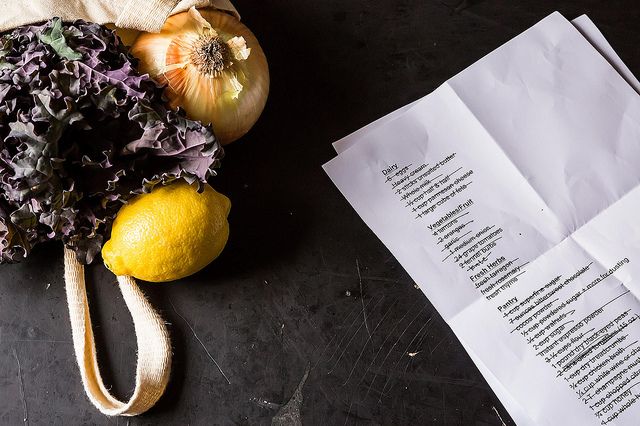
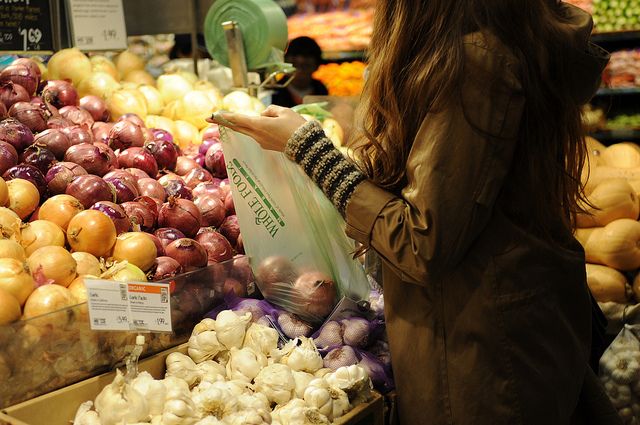
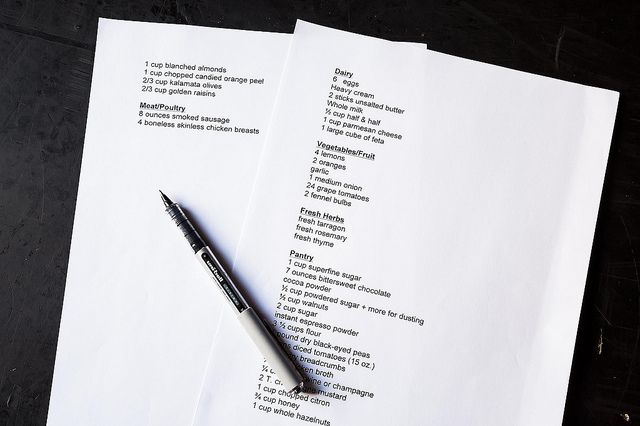
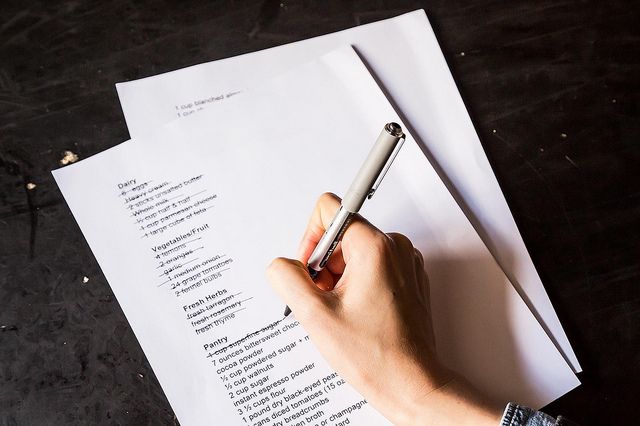
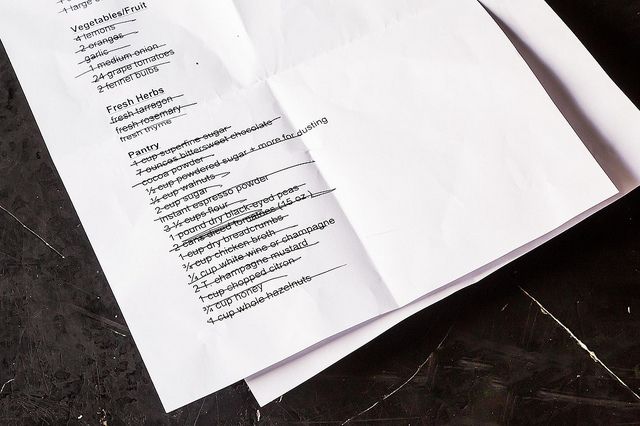

See what other Food52 readers are saying.